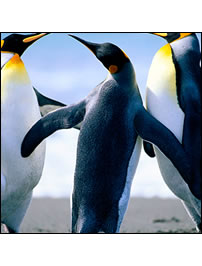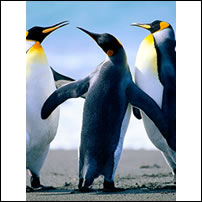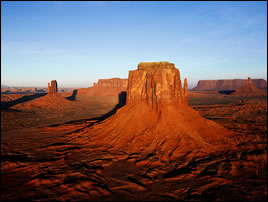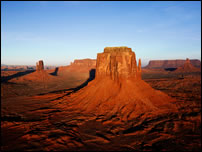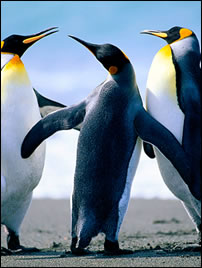| Shortcut to this page: http://faq.uporium.com/faq_question.asp?key=1010&topic=image-proportion-info-and-choices |
| Image proportion info and choices | ||||||||||||||||||||||||||||
|
The different types of Image resizing
The following information will show you all of the different types of image processing and resizing techniques that are useable in the content generation for your web site. Note: all dimensions listed are Width x Height The Original Images are shown below... 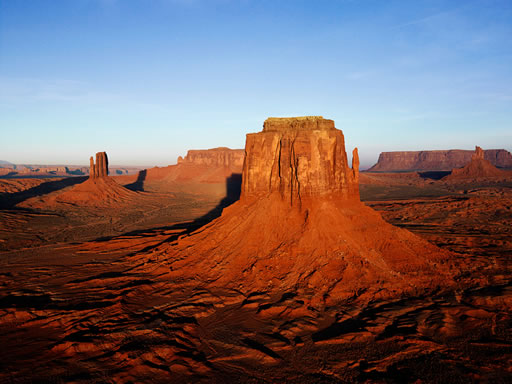 
| ||||||||||||||||||||||||||||
Shortcut to this page: http://faq.uporium.com/faq_question.asp?key=1010&topic=image-proportion-info-and-choices
© 2026 ph9 Ltd. Any FAQ, guides, advice or acticles here is provided "as is" with no warranty and as per our terms and conditions at www.ph9.com/terms


